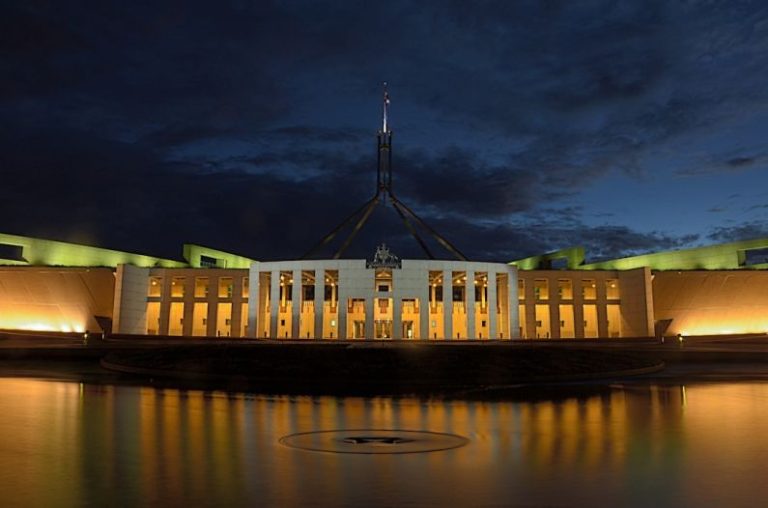Economical Exploration of the Middle East
The Middle East has long been a region of immense economic significance due to its abundant natural resources, strategic location, and rich cultural heritage. In recent years, the economic landscape of the Middle East has undergone significant transformations, presenting both challenges and opportunities for the countries in the region. This article delves into the economical exploration of the Middle East, highlighting key trends, developments, and prospects that shape the region’s economic outlook.
**Diversification Efforts**
Historically, the economies of many Middle Eastern countries have been heavily reliant on oil and gas revenues. However, in light of fluctuating oil prices and the urgent need to diversify their economies, several countries in the region have embarked on ambitious economic diversification efforts. By investing in sectors such as tourism, technology, finance, and renewable energy, these countries aim to reduce their dependence on oil revenues and create sustainable economic growth.
**Investment in Infrastructure**
Infrastructure development plays a crucial role in driving economic growth and improving the quality of life for residents in the Middle East. Countries in the region have been investing heavily in infrastructure projects, including the construction of new roads, airports, ports, and urban developments. These investments not only stimulate economic activity but also enhance connectivity within the region and beyond, positioning the Middle East as a hub for trade and commerce.
**Entrepreneurship and Innovation**
The Middle East has witnessed a burgeoning entrepreneurial ecosystem, with many startups and innovative ventures emerging across various industries. Governments in the region have been actively promoting entrepreneurship through funding initiatives, incubators, and regulatory reforms to support small and medium-sized enterprises. This focus on entrepreneurship and innovation is driving economic growth, creating jobs, and fostering a culture of creativity and ingenuity in the Middle East.
**Trade and Investment Partnerships**
The Middle East has increasingly become a focal point for global trade and investment, attracting interest from countries around the world. Strategic partnerships and trade agreements have been forged to facilitate the flow of goods, services, and capital between the Middle East and other regions. These partnerships not only boost economic activity but also promote cross-cultural exchange and collaboration, strengthening the region’s position in the global economy.
**Challenges and Opportunities**
While the Middle East presents immense economic opportunities, it also faces a range of challenges that require careful navigation. Geopolitical tensions, economic volatility, and socio-economic disparities pose significant risks to the region’s stability and growth. However, by addressing these challenges proactively and harnessing their strengths, Middle Eastern countries can unlock their full economic potential and chart a path towards sustainable development.
**The Road Ahead**
Looking ahead, the Middle East is poised for further economic growth and transformation, driven by ongoing reforms, investments, and innovation. As countries in the region continue to diversify their economies, invest in infrastructure, and foster entrepreneurship, they are laying the foundation for a more prosperous and inclusive future. By leveraging their unique strengths and seizing opportunities for collaboration, the Middle East can position itself as a dynamic economic powerhouse on the global stage.






